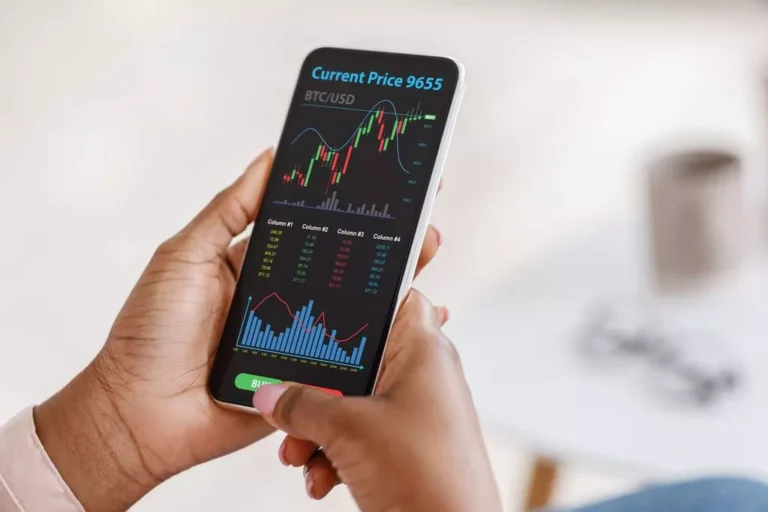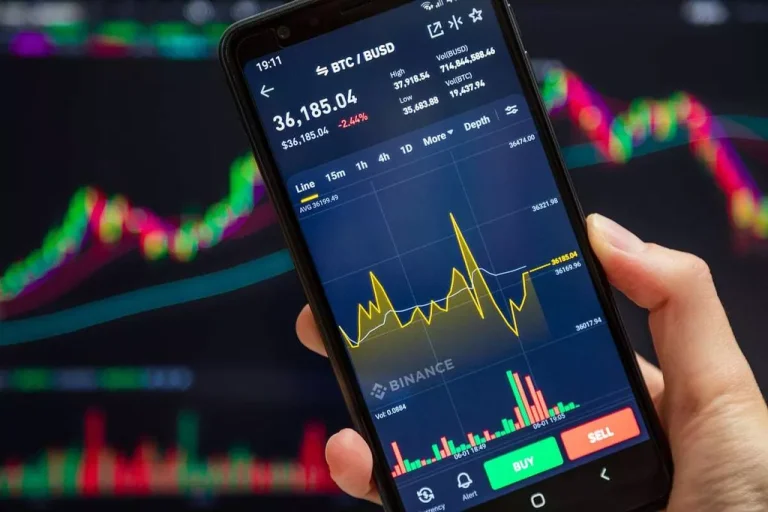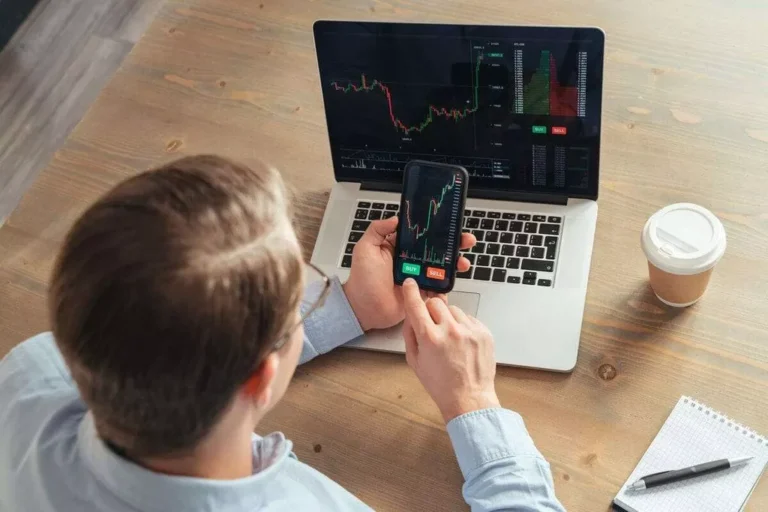For example, Crypto.com at present has 162 coins obtainable on their change. Slippage refers to the difference between the expected execution worth and the precise executed price of a commerce. It is influenced by factors corresponding to liquidity, market volatility, order dimension, and commerce execution velocity, as mentioned earlier. Slippage can considerably impact the profitability of buying and selling actions within the crypto market.

Choosing venues with deeper liquidity and utilizing algorithmic execution strategies also play an necessary role in decreasing publicity to slippage. Traders seeking to avoid this typically depend on restrict orders, which specify the maximum or minimal worth at which they are keen to execute. Coinbase, on the opposite hand, offers a simplified consumer interface appropriate for novices. It additionally supports staking and access to sure DeFi products through integrations with Coinbase Pockets and other services. For users exploring liquidity provision for the primary time, Coinbase can be a sensible entry point. If you would possibly be new to liquidity provision, these centralized tools can serve as a low-risk introduction.
What Is Slippage In Crypto? Don’t Let Your Earnings Slip Away
For context, a bull market is a period the place prices are frequently rising or anticipated to rise. As A End Result Of the crypto space homes a decrease variety of traders and less capital, important spikes are more frequent. Take Bitcoin’s wild strikes – a buy order at $50,000 might execute at $50,500, eating $500 in slippage prices.
Relationship Between Liquidity And Slippage
Excessive transaction volumes on blockchain networks lead to slower processing times and bigger value gaps. During the 2020 DeFi boom, merchants on Uniswap faced a harsh actuality – slippage jumped by over 200% because of community bottlenecks. By understanding what causes slippage and how it works, merchants can cut back its impression and commerce extra effectively. Selecting exchanges with high liquidity, using limit orders, and being conscious of trade sizes might help scale back slippage. You can accept price buying and selling and combine it inside your overall strategy or avoid slippage by using restrict orders in exchange or market orders. Thus, you would ensure your purchasing worth is the precise desired value level.
- Additionally, the data revealed by inserting an order would possibly affect the market, permitting high-frequency merchants to capitalize on it.
- For instance, if a trader expects to sell a token at $100 however the value drops to $95 earlier than execution, the trade is executed at a loss relative to the expected worth.
- It is expressed as a percentage and allows merchants to outline the maximum worth distinction they will accept during a swap.
- On decentralized platforms like Uniswap, fees are automatically distributed based mostly on the scale of your contribution.
- Primarily, it locks up the price of the cryptocurrency and prevents trade execution in case it deviates.
If there are inadequate consumers or sellers for a particular instrument, the executed price may deviate from the indicative worth. Insufficient liquidity is a frequent problem faced by De-Fi platforms that depend on automated market making. When making a substantial trade in a pool with low liquidity, traders are more doubtless to experience the adverse results of each value impression and value slippage.
Each centralized exchanges (CEX) and decentralized platforms (DEX) can experience difficulties due to software bugs, algorithm fixes, or server downtime. These difficulties can lead to https://www.xcritical.com/ extended response time or even full shutdowns, each of which might bring about substantial slippage. These cash or tokens could have a low trading quantity, which means there are few buyers and sellers. In extreme cases, a sufficiently massive buy-or-sell order can exhaust the entire market and typically still not find yourself completely fulfilled. Slippage in crypto is a distinction between costs when the trade is initiated and when it is executed.
Choosing trading venues with a proper market design and good liquidity is crucial in managing slippage. It not solely helps in decreasing potential losses but in addition allows merchants to navigate the often unpredictable crypto market with confidence and precision. Throughout instances of high network congestion or in decentralized exchanges, delays so as Smart contract executions can also cause this. This happens more during heavy trading actions when the blockchain community remains overcrowded. Slippage is a typical and unavoidable part of buying and selling crypto, however it’s manageable with the right strategy.
First you’ll need to attach your Cryptocurrency Pockets to the trade. You will find the ‘Connect Wallet’ button on the top right-hand nook of the screen. Wherever you select to buy crypto, you will doubtless expertise slippage and there may be no one-size-fits-all method. Sign up under at no cost to receive the most recent market developments, unique buying and selling insights, and comprehensive market predictions from Kairon Labs’ Senior Quant Merchants. As A Substitute of making a big order, try to break it down into smaller blocks.

While an obvious resolution is to use a good centralized exchange, it’s essential to remember that they have the keys to your crypto. On the opposite hand, trading on a DEX is fully decentralized but often incurs greater slippage. Due to the increase in time it takes to course of a transaction, the worth of an asset can change significantly.

Of course, this isn’t a fail-safe technique, as unprecedented congestion might cause havoc on your trades. Slippage is a mismatch between the meant and actual worth a trader pays for an asset. During “constructive slippage,” the trader either spends much less to buy or receives extra to sell a coin. In “adverse slippage,” the dealer pays extra to buy or receives much less to promote. Understanding how slippage works is important for crypto merchants to handle risks and optimize their trading outcomes. Slippage arises when giant trades shift the stability of tokens inside a pool, altering the exchange rate.
The crypto market never sleeps, and costs change in the blink of an eye fixed. Your commerce may take a few seconds to course of, but that’s sufficient time for costs to shift. Market circumstances affect slippage, especially during times of high volatility, corresponding to major news occasions or economic reports.
Market analysis is invaluable not solely in coming up with trades but additionally in decreasing slippage. By leveraging technical and basic evaluation to observe the market, a trader can predict intervals of elevated volatility. Cryptocurrency trading includes cautious consideration of many various elements. It often includes simultaneously using instant technical and broader fundamental evaluation, watching the charts, and assessing various indicators. With all that info to assume about, many don’t notice when a slippage in crypto happens, nor do they even know what it’s. In some circumstances, liquidity is locked for a set interval, or rewards are paid in platform-specific tokens.
Many DeFi protocols enable customers to set slippage tolerance when inserting trades. By specifying a most acceptable slippage percentage, merchants can management the diploma of value deviation they are willing to tolerate. It ensures that trades are executed provided that the slippage stays within the defined threshold, defending towards excessive price impression. Market volatility is one other significant factor contributing to slippage in crypto buying and selling. Cryptocurrencies are known for his or her inherent volatility, with costs experiencing fast fluctuations inside quick periods. During intervals of high volatility, the execution of trades becomes more unpredictable, as costs can change quickly between the time the order is placed and when it’s slippage tolerance executed.
However, CEXs could have limitations on certain token pairs or regulatory restrictions relying on your location. In simple phrases, liquidity refers to how simply and efficiently an asset could be bought or offered with out significantly affecting its worth. High liquidity means a giant number of buyers and sellers are participating in the market, enabling trades to be executed shortly at anticipated costs.

Leave A Comment